Nursemaid’s Elbow
What is Nursemaid Elbow?
Nursemaid’s elbow, also known as radial head subluxation, is a common injury in early childhood. It occurs when the annular ligament, a band of tissue that holds the radial head in place, slips and allows the radial head to shift out of position.
This partial dislocation of the elbow joint can be caused by a sudden pull on the arm, such as when a child is swung around by the hands or lifted by one arm. Nursemaid’s elbow typically occurs in children between the ages of 1 and 4, but it can happen at any age up to 6 or 7 years old.
Your primary care physician or attendant might involve different terms for nursemaid’s elbow, such as:
- Pulled elbow
- Radial head subluxation
Who Gets Nursemaid’s Elbow?
- It is a typical physical issue for babies and preschoolers.
- It happens most generally in kids ages 1 to 4, however, it likewise occurs from birth to maturity 6 or 7 years.
- This injury isn’t typically found in children more seasoned than 5 or long-term.
- In light of that the youngsters develop, their bones are solidified and the tendons become tighter and thicker.
- It also helps the forearm properly in position.
Anatomy of Nursemaid’s Elbow:
- Upper arm bone = humerus
- When the ulna is on the elbow’s normal side, the radius is on the other side, and it also includes the olecranon, which is on the elbow’s tip.
- The elbow joint is kept intact with the assistance of Muscles, tendons, and ligaments
- The elbow joint is two sorts of joint.
- Hinge and Pivot
- Adjust a portion of the hinge joint so that it’s able to pivot like the entranceway.
- The lower arm is allowed to twist and contortion during the turn portion.
- Many muscles, nerves, ligaments, and connective tissues among muscles and bones cross to the elbow.
- All construction contributes to the strength and capability of the elbow.
- In nursemaid’s elbow includes is radiocapitellar joint.
Causes of nursemaid elbow:
- It occurs with a simply limited quantity of power.
- It occurs when the parent suddenly grasps the child by the arm while still holding them with the wrist.
- The arm while pulling the youngster.
- The most normal reason is a pulling-type injury.
- Get the kid with the assistance of the hand stop to falling.
- Kid lifting of the hands or wrists.
- Pull the kid’s arm structure to the coat sleeve.
- Swing the child.
- Baby is turning over to on the arm
Symptoms of nursemaid elbow:
- When the injured arm is moved, the patient feels irritated, therefore the child holds the elbow on the affected side and stops attempting to move the arm.
- Kids keep the arm in a slight curve of the elbow or in a straight position.
- Due to the fact this particular condition does not result in deformity or enlargement, this damage was not observed.
- The patient experiences severe pain around the elbow’s outside border, but there is no swelling.
- The young child complains about his elbow pains.
- The child cries when they attempt to contact or move their arm.
- The child is supporting the elbow with one arm while holding the injured arm near the injured side.
- The child is starting to stop using the injured arm and stop moving the elbow.
Differential diagnosis of nursemaid elbow:
- Elbow fracture
- Fractured wrist
- Greenstick fracture
- Hand injury
- Monteggia fracture
- Supracondylar fracture
- Soft tissue damage to the hand
Imaging of nursemaid elbow:
- Radiographs:
- not needed in that frame of mind of the exemplary show of
- history of traction injury
- a child five years or younger
- consistent clinical exam
- When obtained, elbow radiographs are normal
- 25% will show a radiocapitellar line somewhat sidelong to the focal point of capitalism
Ultrasound:
- indications:
- helpful for confirming the diagnosis when necessary
- At the point when the instrument of injury isn’t apparent
- When the physical examination is inconclusive
- benefits:
- No radiation to the patient
- can visualize soft tissues
findings:
- increment reverberation negative region among capitalism and spiral head
- sensitivity 64.9% and specificity 100%
Treatment of nursemaid elbow:
Medical Treatment of the Nursemaid’s Elbow
- Typically, the doctor may prescribe painkillers like acetaminophen or ibuprofen.
- Motrin, Advil, and Tylenol are also prescribed for pain discomfort.
- Never give ibuprofen to youngsters under age 12.
Physiotherapy Treatment of the Nursemaid’s Elbow :
- The course of treatment depends on the child’s age and general health.
- To allow for the specialist to perform the delicate movement, it is assumed that there are no signs of an injury spreading or developing elsewhere.
- In the majority of cases in this condition, the specialist gently moves the bones into their usual position.
- This strategy is known as the decrease.
- The kid is sitting in the parent’s lap.
- In this procedure, a doctor holds the child’s lower arm or wrist and lifts the arm straight
- When the thumb is used to apply pressure near the top of the arm bone, the doctor’s arm gradually stretches to the elbow.
- The joint goes back to its original position with a clicking or jerking movement.
- This method is finished exclusively in a couple of moments.
- During this therapy, children are quite irritated, but they quickly feel significantly improved.
- Sometimes it takes more than one decrease to effectively treatment the underlying injury.
- The child may be used to the entire arm after the 5- to 10-minute treatment.
- However, because of the fear of pain, the child is not allowed to use the arm.
- An adult gives the child the sling if the child shows any signs of discomfort.
- After only a few days of relaxation, experts examine the child.
- A medical procedure isn’t required.
Exercise of nursemaid’s elbow:
- After the decrease give the kid ice for relief from discomfort.
- Apply the RICE principle
- Time provides the object to the child’s press during the break.
- Delicately move the elbow and lower arm by the guardians.
- If the child is given a brace, push the child’s palm.
- Advisors also provide ultrasounds to children to reduce pain.
- Perform dynamic elbow or wrist development during the initial stage while pressing the ball.
- At this time, provide the child a stick so they may exercise the elbows actively.
- After that, the elbow started improving a little, but mobility was restricted due to pain.
- Do not use the elbows in pulling and stretching motions.
- The range of motion (ROM) is typically normal, but if assistance is provided, the ROM may be affected.
- The main issue is the muscle’s weaknesses thus increasing the strength is necessary.
- Regarding the manual restriction to the development of the elbow or wrist, strengthening is a subject of major importance.
- Use a theraband and hand weights to support the growth of the elbow or wrist at the time.
- Do the professional region and supination development as well.
- Utilize the blocks for this development.
- Perform multiple tasks requiring the child to bend their elbow, such as eating food and drinking milk or water.
- During the playing season, the kids try to use the Flexion and Genius country keys to unlock the lock.
- Do the grasping activity for the youngster.
- Utilize the ball and grasping fortifying, tip to tip, tip to cushion manual fussing exercise.
- Kids provide toys for the exercise of a finger.
- All the practice in 10 repetitions and 3 times each day.
Risk factors of the Nursemaid’s Elbow :
Age:
- Young children’s elbows are more flexible compared to adults.
- Therefore, it is easy for the separated to elbow the younger children.
Heredity:
Some people are born with elbow tendons that are looser than others.
Sports participation:
- Elbow separations in sports are common.
- Sports depend on weight bearing in the arms, such as floor practice, which positions elbow separations at risk.
Complications of the Nursemaid’s Elbow :
Fracture :
Most elbow bone fractures can be related to the same force that separates the elbow joint.
Pinched nerves:
- In rare cases, nerves are squeezed in this condition.
- It is the movement across the elbow that can become squeezed or caught between disjoined bones and inside the joint when the bone is realigned.
- These nerves produce deadness in the arm and hand.
Avulsion fractures :
- Due to some elbow disengagement, the tendon is stretched and pulled away from the attachment site just a small portion of bone.
- Children are especially sensitive to this type of manipulation.
Osteoarthritis of Elbow:
The possibility of developing osteoarthritis in the disengaged elbow joint is increased.
Prevention of the Nursemaid’s Elbow :
- identifying that this illness occurs frequently in children means a lot to the parents of the child in question.
- with the intention that prevention is typically important for the parents.
- to carefully raise a child under the arms and manage them.
- Avoid lifting the children by using your hands or arms.
- By holding two hands or arms, try to avoid swinging to children.
- Avoid rubbing or grasping the child’s hands or arms.
Summary:
Nursemaid elbow, also known as radial head subluxation, is a common injury in children under the age of 5. It occurs when the radial head, the top bone of the forearm, slips out of place from under the annular ligament, a ligament that holds it in place.
A nursemaid’s elbow is typically caused by a sudden pull on the extended arm, such as when a child is swung around by the arms or pulled out of danger. It can also occur from a fall onto the elbow or twisting of the forearm.
FAQ:
How would you treat nursemaid elbow?
A doctor will usually gently align the bones to restore the nursemaid’s elbow properly. Clinical terminology for this process is “decrease.” When turning the child’s hand so that the palm is facing up, the expert will grasp the child’s wrist or lower arm.
How would I fix my baby’s nursemaid elbow?
Hold the kid’s hand as though you will give the person in question a handshake.
Support the elbow with your other hand.
Push the hand toward the thumb facedown.
At the point when you feel or hear a tick, the elbow is reset.
Torture should fade away and improvement should return.
What is a differential determination of the nursemaid’s elbow?
Condylar and supracondylar fractures of the distal humerus, outspread head break or full separation, back elbow disengagement, or hinge crack of the range or ulna are all included in the differential determination.
What is the best situation to mend an elbow?
Around the end of the day, many people have a tendency to fall off on their sides. By restricting blood flow to the damaged ligaments, this posture can aggravate the tennis elbow. Sleeping on your back eases any stress placed on your arm and supports healing as you sleep.
Reference:
Shaath, K. (n.d.). Nursemaid’s Elbow – Pediatrics – Orthobullets. https://www.orthobullets.com/pediatrics/4012/nursemaids-elbow
Miller, K. (2012, June 11). What Is Nursemaid’s Elbow? WebMD. https://www.webmd.com/children/nursemaid-elbow
Nursemaids Elbow | Boston Children’s Hospital. (n.d.). https://www.childrenshospital.org/conditions/nursemaids-elbow

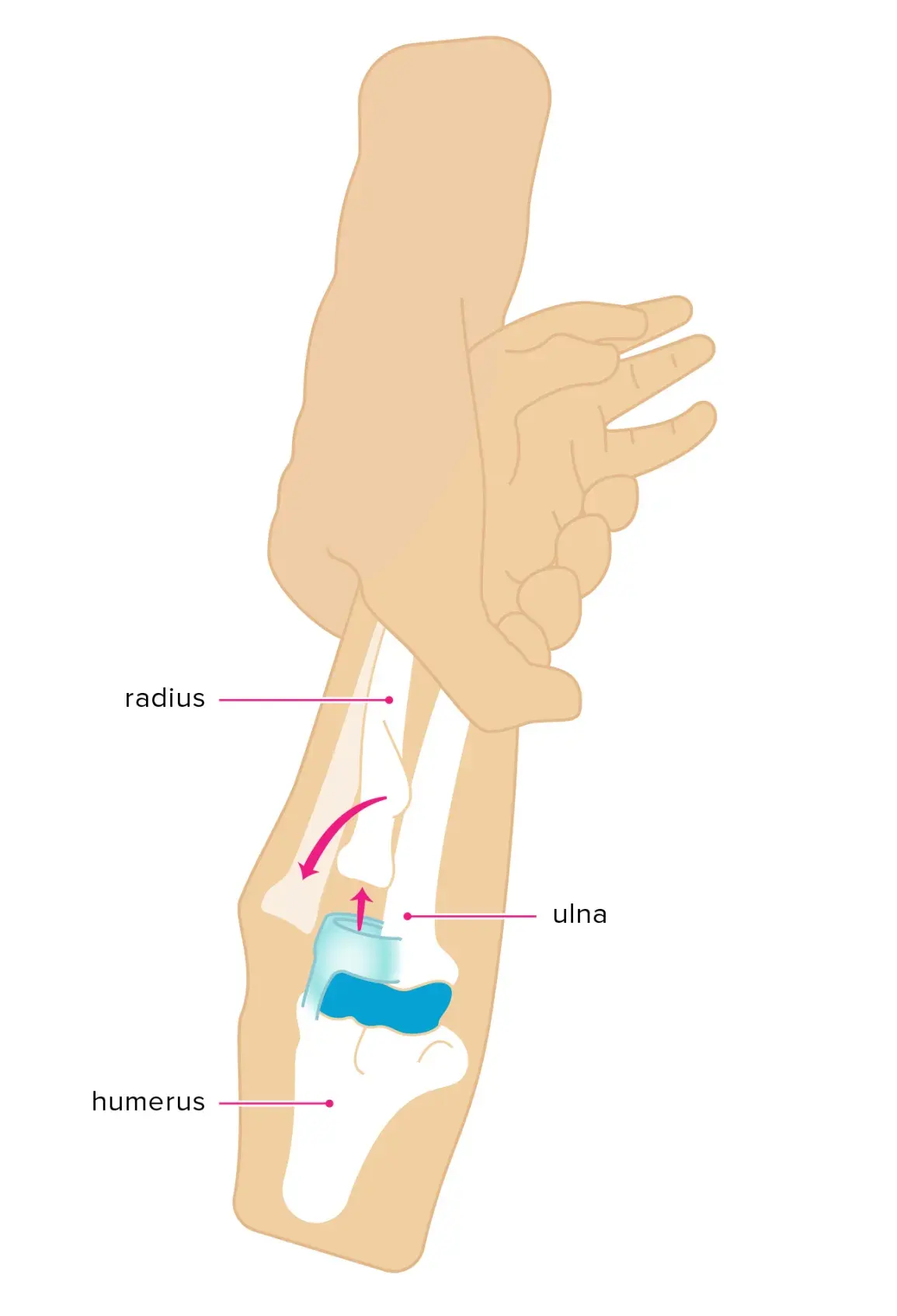
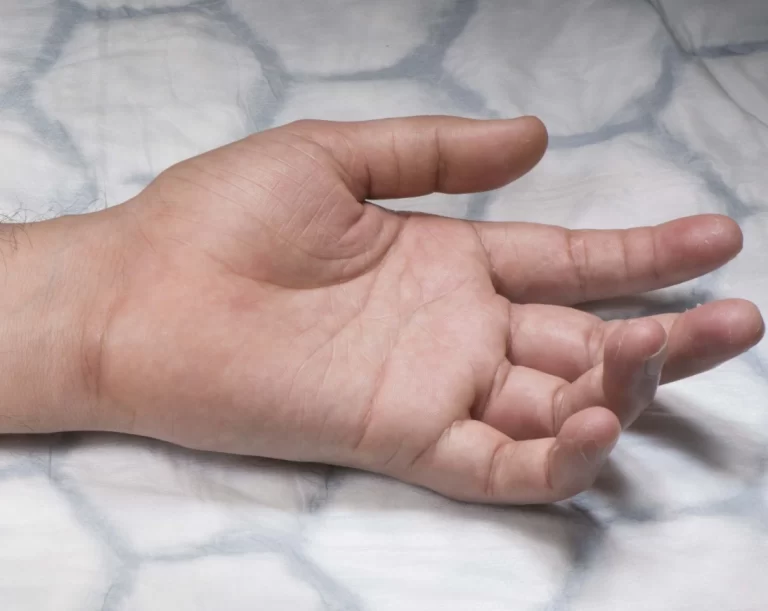
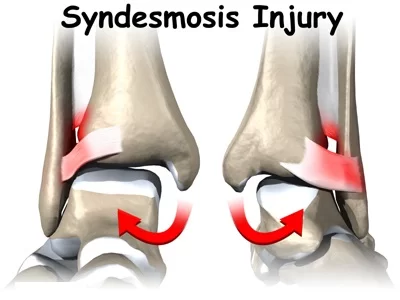
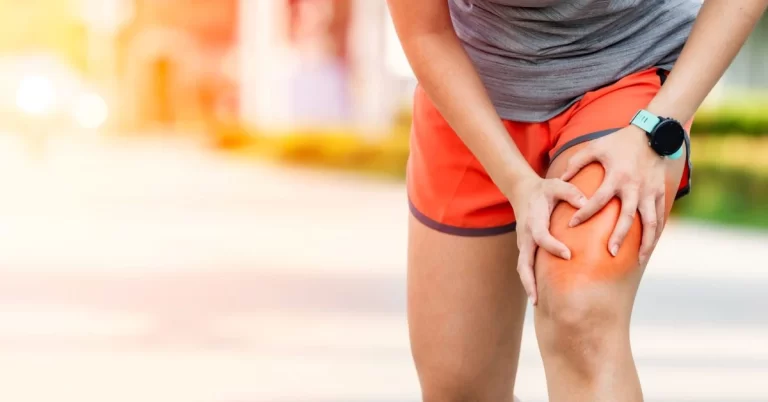
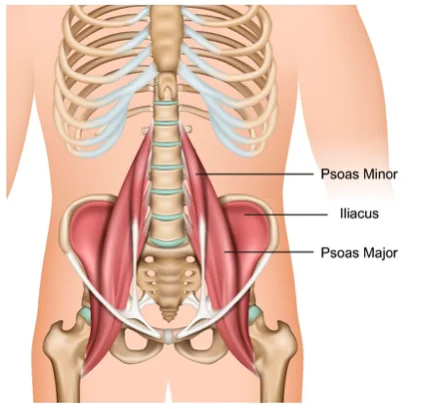
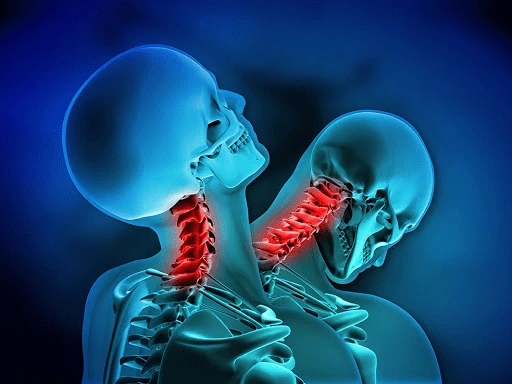
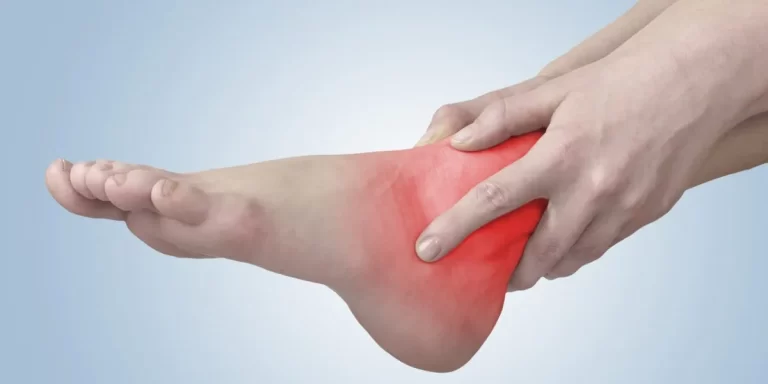
One Comment